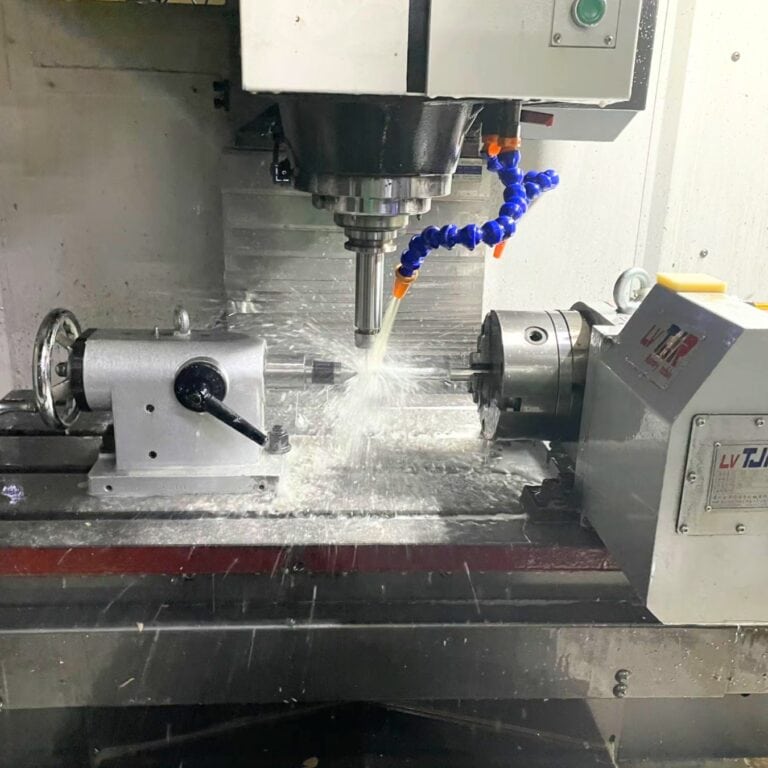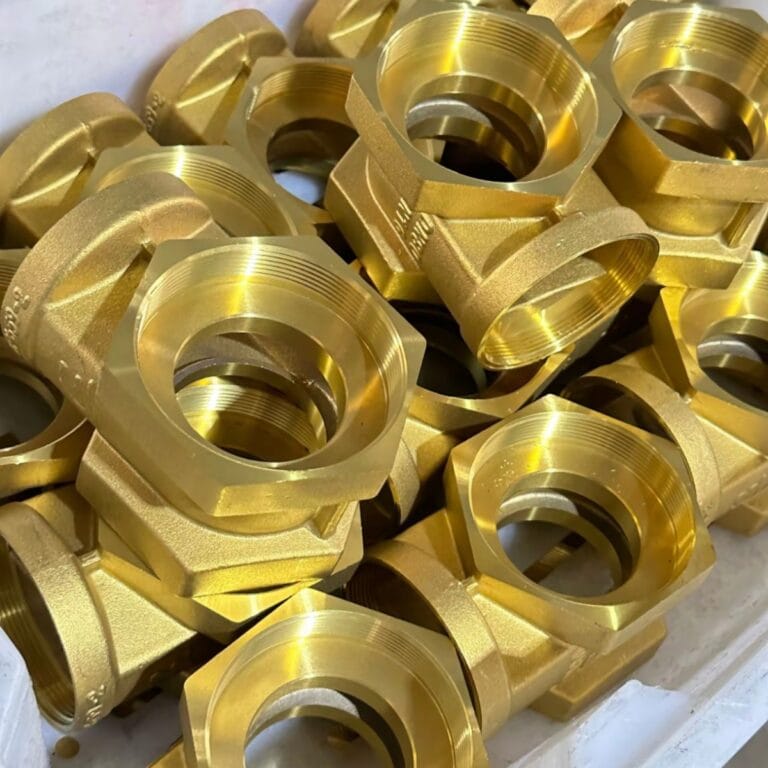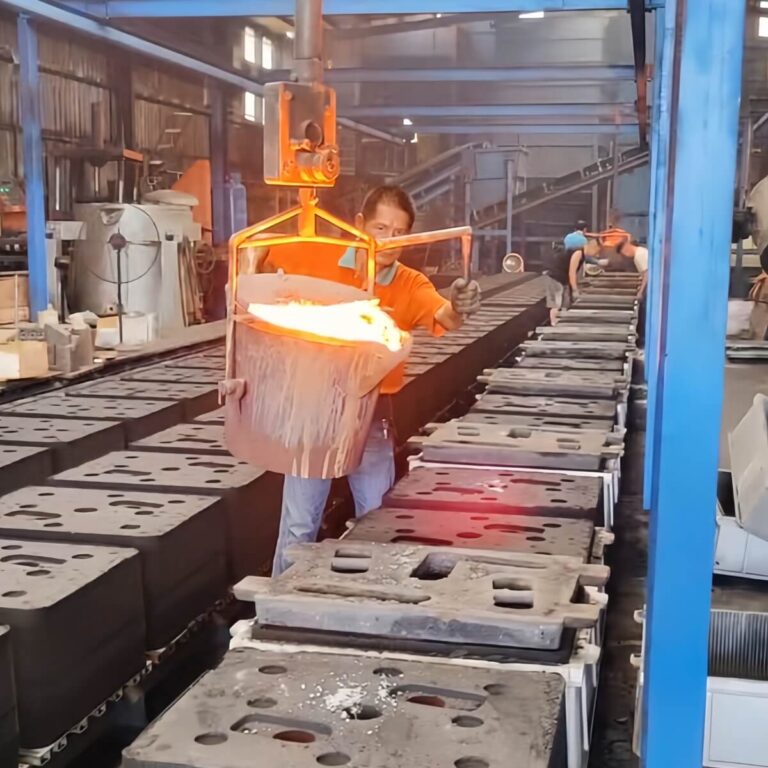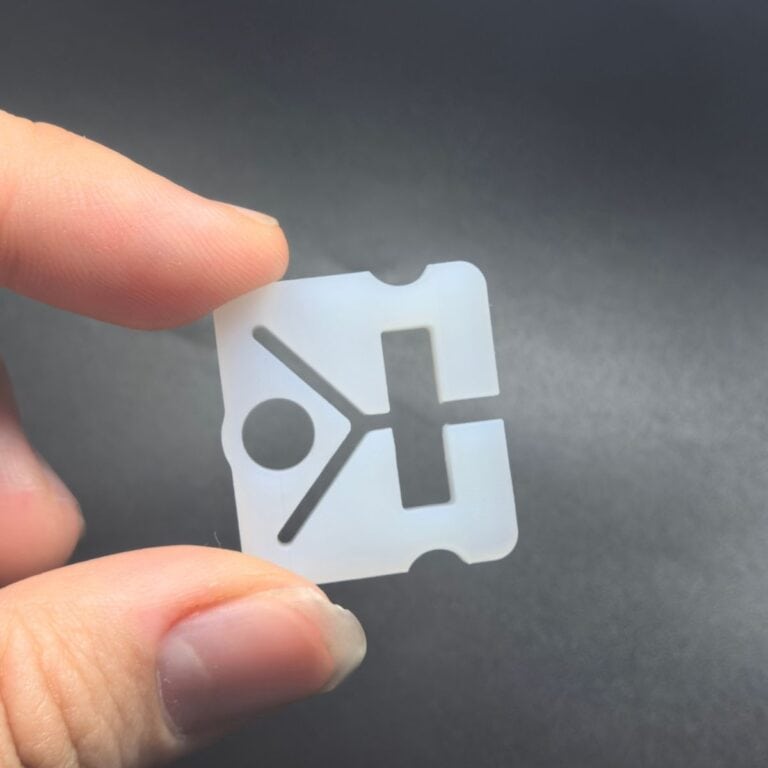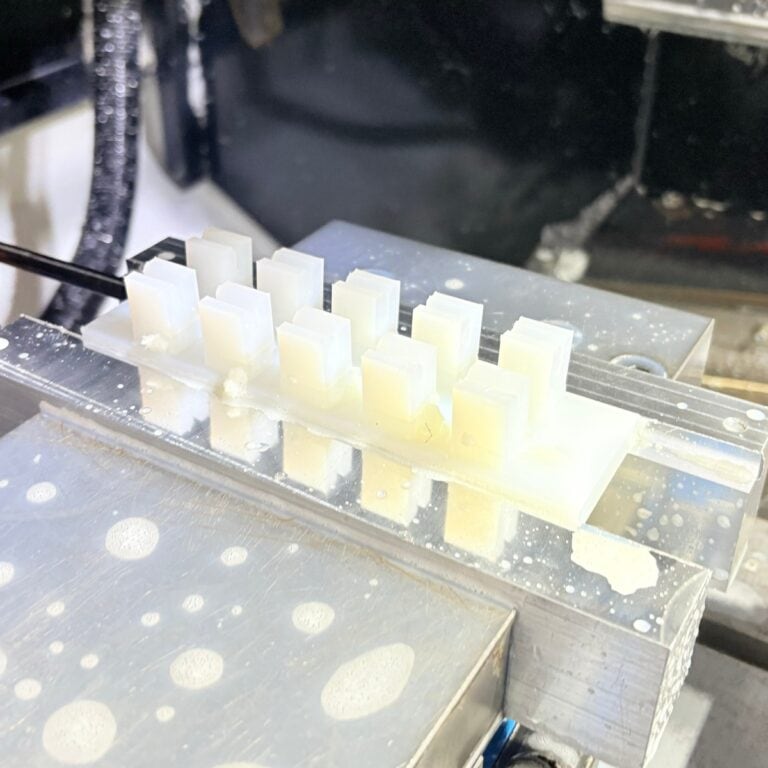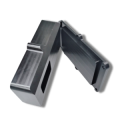Taps break during use due to improper handling or other reasons. And you don’t want to waste products or parts due to broken taps. It is important to know how to remove a broken tap. In this article, we will discuss how to pull out a broken tap and how to prevent it from breaking.
What is Taps
A tap is a cutting tool used to create internal threads in pre-drilled holes . It is grooved lengthwise and has a cutting edge at the end. When working, it is pressed against the hole and rotated to create internal threads.
How Do I Remove Broken Taps
We have listed several effective methods. However, the choice depends on a variety of factors, such as the tap dislodgement situation, available tools, specialized knowledge, and even the operator’s open mind. The most common methods:

● Removing Broken Taps with a Tap Extractor
The Tap Extractor is an emergency tool for pulling out broken taps from holes. It is simple to operate and easy to learn. Tap Extractor
There are 3-4 fingers in different sizes and models. Operational Steps:
Step 1. Remove debris from the hole
Step 2. Selecting the appropriate extractor size
Step 3. Attach the extractor to the broken tap.
Step 4. Pour an appropriate amount of lubricant into the hole and tighten the extractor in the opposite direction.
● Remove Broken Taps with EDM Machine
Electrical discharge machining is another reliable method of pulling out broken taps. The machine burns off the center portion of the tap so that the cutting edge gets stuck in the threads. After that, it’s easy to remove it.
Removing broken taps with an EDM machine is a time-consuming process. However, it does not damage the workpiece. Therefore, it is superior to many methods of removing broken taps.

● Weld Handle or Nut to Remove Broken Taps
Welding a handle or nut to a broken tap is suitable for removing a slightly protruding but broken tap from a hole. Follow the steps below to learn how to pull out a broken tap using the welding process:
Step 1. Clean the tap surface
Step 2. Weld nut or handle on exposed part
Step 3. Turn the handle/nut in the opposite direction.
● Using Corrosive Chemical Solutions
Certain corrosive compounds can dissolve taps and cutting tools. However, this depends on the material composition of the tap. For example, a nitric acid solution can dissolve HSS taps. The corrosive chemical solution chosen will only affect the broken tap, not dissolve the workpiece.
● Drilling With A Milling Pin Drill
Use a drill bit that is harder than the tap, the diameter of the drill bit must be smaller than the tap, and drill to the center of the tap. Drill to the same depth as the tap and the broken tap can be removed.
● Tapping and Rotating Method
If the broken tap is partially exposed, try tapping it with a small hammer while rotating it counterclockwise with pliers, which can sometimes successfully remove it.
How to Prevent Taps From Breaking During Work
Tap breakage is common, so it’s important to know how to disassemble it. However, it is even more important to prevent taps from breaking during hammering, and the following methods can effectively reduce the risk of tap breakage:

1. Choosing the Right Taps
Materials
According to the hardness and toughness of the processed material, choose the tap with corresponding strength and wear resistance. For example, tungsten steel taps are suitable for cemented carbide, and high-speed steel taps are suitable for a wide range of materials. Aluminum parts, suitable for ordinary standard taps.
Tap Coating
The use of coated taps, such as titanium-coated or nitride-treated taps, improves wear and heat resistance, thereby reducing the risk of breakage.
Tap Type
Taps are also categorized into extruded taps, spiral fluted taps, apex taps, etc. They are selected according to the shape and structure of the threaded hole. Tapping in blind holes makes spiral taps, rows of cutting smoother.
Optimized Tap Structure
Choose a tap with a reinforced root, which has a larger diameter in the root area to provide better torsional strength and resistance to breakage.
2. Machining Methods
Control of Suitable Rotational Speed and Feed Rate
Adjust the appropriate RPM and feed rate according to the type of material and tap size, too fast may cause the tap to break.
Control of Pre-Drilled Hole Accuracy
Pre-drilled holes must be sized to fit the tap specification; holes that are too large or too small increase the risk of tap breakage.
Correct Alignment of Taps to Eyelets
Align the cutting edge of the tap with the eye of the hole to ensure that the tap is aligned with the center wire of the hole to avoid uneven force caused by deflection.
Rotate In the Right Direction
Make sure you check the specifications of the tap to know the correct direction to rotate the tap. Rotating in the wrong direction can put pressure on the tool and cause it to break.
Increased Lubrication (For Manual Tapping Operations)
In the tapping process, add lubricant appropriately, lubricant can reduce friction, reduce the working temperature of the tap, and at the same time help chip removal.

Periodic Cooling (For Tapping on CNC machines)
During prolonged or intense tapping operations, a well-timed cooling stop prevents metal embrittlement and tap breakage due to overheating.
Multiple Tapping
For deeper threaded holes, the method of completing the hole in several steps can be used, cutting only a small portion of the depth each time and gradually reaching the desired depth, which can reduce the load of each step.
Proper Preheating Treatment
For some difficult-to-machine materials, proper preheating can reduce the hardness of the material, making the taps subjected to less resistance during the machining process, thus reducing the risk of breakage.
Use of Tap Holders
The use of special tap holders improves the stability and alignment of the tap, especially during manual operation, and helps to reduce breakage caused by improper operation.
Use of Retracting Grooves
Especially when machining blind holes, the use of taps with rebate grooves can help smooth chip evacuation and avoid clogging and breakage due to excessive buildup.

Remove the Tap Carefully
After finishing the tapping process, remove the tap in the opposite direction, in its smooth natural state. Many tap breakages occur during the tapping process.
3.Regular Training and Inspections
Regular Checking of Tap Wear
Worn taps are more likely to break. Regularly check taps for wear and replace excessively worn taps in a timely manner.
Regular Training of Operators
Regular training is provided to operators to enhance their knowledge and skills in the use and maintenance of taps, and to understand how to select and use taps under different machining conditions.
Conclusion
Although taps are necessary in parts machining, there is a risk of breakage during the tapping process.Tirapid has accumulated a variety of effective methods for removing broken taps, which we hope will help you in your machining operations. There are many reasons why taps break, and you can also learn how to prevent taps from breaking before tapping.
FAQs
What tools do I need to remove a broken tap?
Tools for removing broken taps include drills, tap extractors, pliers, wrenches or hammers. However, the choice of tool depends on the specific situation, workpiece, etc.
Can I remove a broken tap without damaging the surrounding material?
Broken taps can be extracted without damaging the material by using the correct tools. The most common methods are the use of lubricants and electrical discharge machining machines. However, in some cases, such as deeply embedded broken taps, damage to the workpiece is required.
What are some common mistakes to avoid when removing broken taps?
The most common mistake is not taking into account that each case is unique, as this can lead to making the wrong decisions and choosing the wrong tools.

